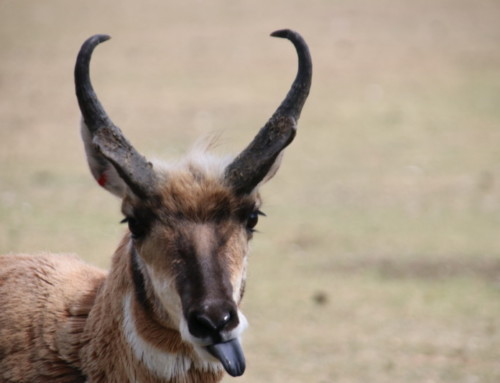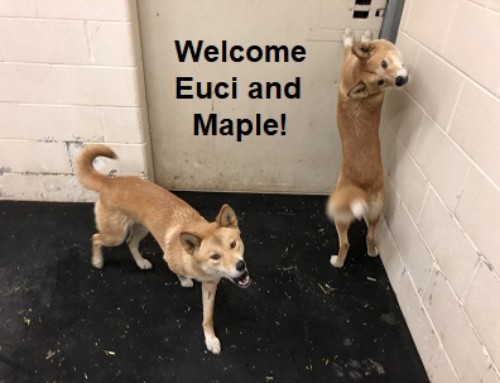The Bearded Dragon
Pogona vitticeps– Zoo News – 21.01
by: Claire Bullaro
Here Be Dragons!
On an old metal globe of the then-known earth, made in 1510, this Latin phrase, Hic sunt dragones, is written on parts of the globe where Europeans had not traveled or seen the living creatures. Many cultures have myths about dragons including ones with wings that can fly. Of course in our world, there are no rideable, flying dragons like the ones in stories. So far, the only dragons to be seen these days are ones like the spiny, scaly lizard known as the Bearded Dragon. There are a number of species, all found in Australia. Their scientific name is Pogona vitticeps with Pogona meaning beard and vitticeps meaning striped head.
Since January 16 was officially Appreciate a Dragon Day, the Saskatoon Forestry Farm Park and Zoo celebrated the recent acquisition of Cooper, our new Central or Inland Bearded Dragon. The maximum length of this species is about 60 cm of which more than half is the tail. The “bearded” name comes from the spiny guttural pouch under the neck which can be inflated as part of threat or mating displays. Both males and females have the pouch. The “beard” will change colour during mating or threat displays, turning a dark brown. Their body colours vary depending on the type of soil in the areas where they are found in the eastern half of south Australia, over 5 states, and can range from brown to tan with red or gold highlights.
As reptiles, their bodies are covered with scales most of which are quite spiny. They also have some ability to darken or lighten their body colour in response to threats, and daylight/nighttime. They have a triangular head, round bodies, and strong legs which enable them to bask on fallen branches, fence posts, or picnic tables. Their usual habitat is the desert, dry forests, and scrub lands. They eat plant matter, insects, small rodents or other lizards. Along with other reptiles, they cannot regulate their body temperature internally so must warm in the sun, or when it is too warm, find a shady spot or go into a burrow they have dug.
These Dragons have a number of interesting behaviours. The threat display will include inflating the “beard” pouch, opening the mouth and hissing. There is also an arm-waving action that takes place as a sign of species recognition. They will lift up one front leg and wave it in a circular motion. It can also be a sign of submission when a female or smaller dragon is confronted by a larger or more dominant one. Males will head bob to show dominance or to indicate that he would like to mate with a female.
Mating usually occurs in Australia’s warm season, September to March. The females make a burrow and can lay up to 24 eggs which take about 55 to 75 days to hatch. Females can store sperm internally and lay several clutches just from one mating, and have been known to lay up to nine clutches in a year. Captive Bearded Dragons do not seem to have seasonal mating but can breed any time.
Since the 1960s Australia has not allowed any of its native species to be exported so all the Bearded Dragons in the pet trade have come from ones smuggled out of the country between 1974 and 1990. The Central or Inland Bearded Dragon has not been evaluated by IUCN* for its conservation status and has not been given a ranking by CITES** so, presumably, there is no current worry with regard to extinction. They are a very popular pet reptile and can become quite friendly and are sociable and easily handled.
Cooper now joins our resident female, Alice, and both will be part of the Saskatoon Zoo Society’s educational programs.
* International Union for Conservation of Nature
** Convention on International Trade in Endangered Species



